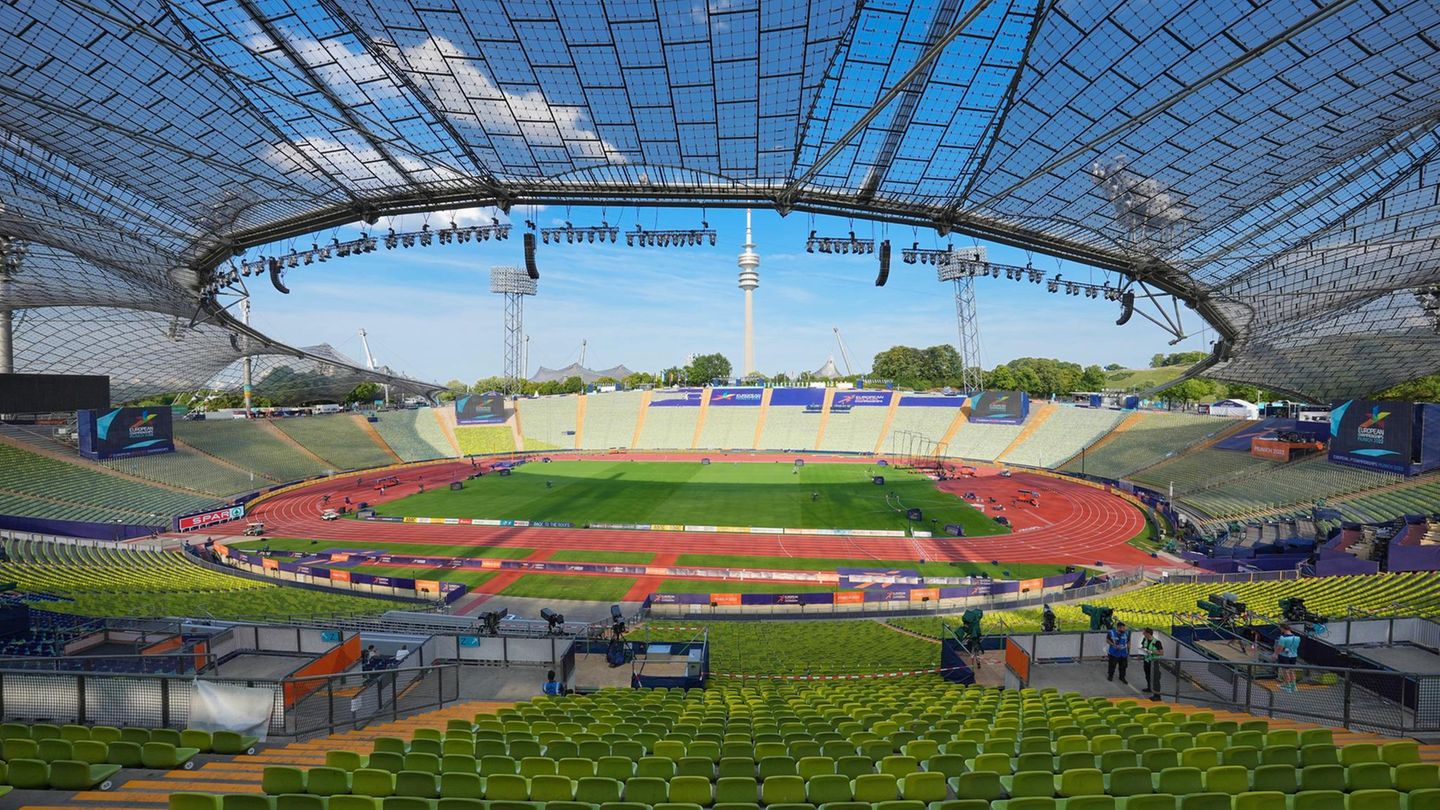The Wels soil has once again revealed a piece of the city’s history: During excavations at the Saunakreuzung in Wels, archaeologists discovered a cellar from Roman times. This discovery, which at first glance seems inconspicuous, reveals a surprising amount about the lives of the residents and the history of Ovilava. “The cellar is a special feature in Upper Austria due to its high quality,” says managing director Karsten Wink of the Ardis company, which is carrying out the excavations.
Anyone standing at the pit might think that it is a cellar from the last century: the stone walls are plastered, the floor is made of screed. In fact, it dates back to the 2nd century AD. The 3.9 by 3.6 meter room with around two meter high ceilings probably served as storage for the residential building above it with attached outbuildings, says archaeologist Christoph Faller: “Based on the size and the materials used in the cellar, it is likely that the house above it was of a decent size.”
The remains of a hypocaust, i.e. a warm air underfloor heating system, also indicate the good financial situation of the residents who lived here and probably pursued a trade. “The complex is built in stone, which was a higher quality building material than bricks,” explains the archaeologist.
Roman engineering
Roman cellars are rare in Wels. The permeable soil combined with a high groundwater level made it difficult for the inhabitants of Ovilava to build underground.
Roman engineering also had a solution for this problem: the floor of the cellar is made of “Opus signinum”, a waterproof screed mortar that sealed the room from below. “We don’t know what was stored here – unfortunately the cellar was largely empty. But this effort must have been economically worthwhile, otherwise it would not have been built like this. Hopefully further investigations will shed light on how it was used,” says Faller.
Sign of the city’s prosperity
The location of the find is also remarkable: In the Roman city, the site was close to the city wall. In many Roman settlements, the buildings in this area were of rather poor construction, and less wealthy people lived there. Not so in Ovilava: Last year, the remains of high-quality buildings were uncovered near the local train station – also close to the Roman city wall. “The new finds at the Sauna Crossing also show that Ovilava was a flourishing, wealthy city in an ideal location,” explains Faller.
“}”>
Image: VOLKER WEIHBOLD
Source: Nachrichten




